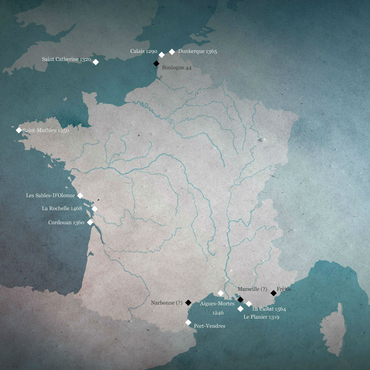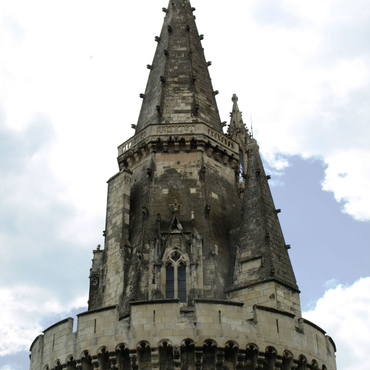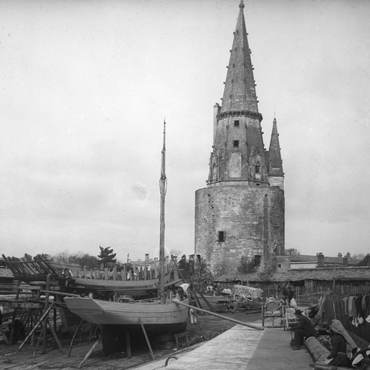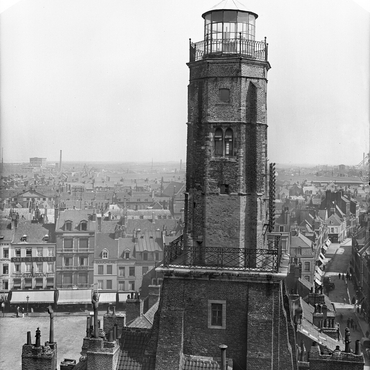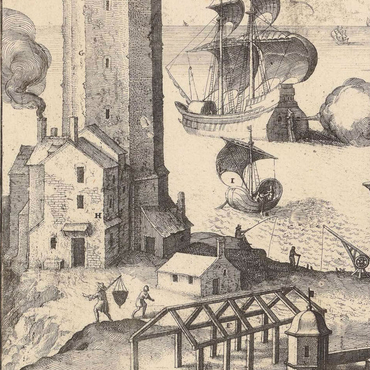
- Home
- The island of Cordouan
- Maritime and religious roots
- The fire towers of the Middle Ages
Fire towers have existed since Antiquity. The oldest, erected on the island of Thasos, dates to the 6th century BCE. Both the Greeks and the Romans built such structures around the Mediterranean basin. In 40 CE, when they had reached the Dover Strait, the Romans built the first lighthouse on the coasts of France: the Tour d'Ordre near the present-day port of Boulogne-sur-Mer. After the end of the Roman Empire, the towers fell into ruin, but reappeared in the Middle Ages in various port cites, including Aigues-Mortes (1248), Calais (1290), Le Planier (1320), off the coast of Marseille, Dunkerque (1365) and La Rochelle (1468) where one can still visit the Tour de la Lanterne. In the early sixteenth century, the farots of Provence, which took their name from the medieval Italian lighthouses of Genoa and Messina, were used as defence signals. In addition to the use of fire, port cities showed sailors the way to their harbours with buoys, daymarks and towers. It was in this context that Edward the Black Prince (1330–1376) had a sixteen-metre-high polygonal tower built on the island of "Cordoan", at the entrance to the Gironde Estuary. At that time, the regions of Saintonge and Guyenne were under British rule. Bordeaux was the capital, and there was a great deal of exporting of wine using light ships. Today, no trace of this tower remains, although its presence is attested to in medieval sources, especially complaints filed by the hermits who were entrusted with its upkeep. It fell into disrepair in the sixteenth century and disappeared, along with the island, during works carried out by Louis de Foix.
